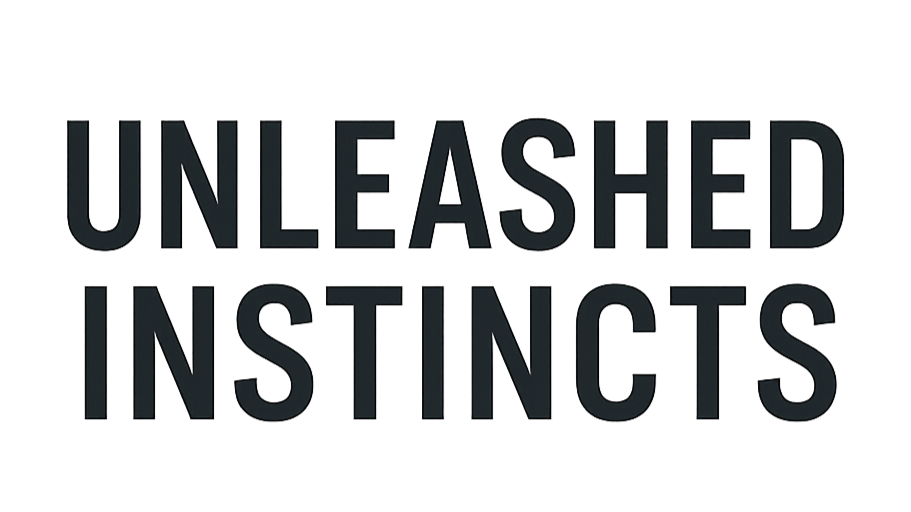From Summit to Ferry: Husky Recall That Holds Up
Five days on the Isle of Arran, one wild camp on Goatfell, two Huskies off lead — and zero drama. This wasn’t about Instagram obedience; it was freedom with clear communication so my dogs could move naturally and safely on real Scottish terrain. I was carrying 20–25 kg, so being pulled on leads wasn’t an option. Instead, we relied on our invisible lead — a clear cue system built long before we reached the hill.
This is exactly the kind of freedom I help clients build across Edinburgh, the Pentlands, and beyond. Start with a free 15-minute consultation to map your dog’s plan.
The Ascent: Freedom that doesn’t pull you off your feet
Goatfell isn’t highly technical, but granite blocks and loose steps make balance matter with a heavy pack. The dogs took their own lines, checked the wind, then checked in. Those check-ins are trained: a quiet tone means “heads up,” a whistle carries further for direction. No shouting, no yanking — just a conversation that lets everyone enjoy the climb.
What I Actually Use (and why it’s ethical)
I treat the e-collar as a communication link, not punishment and not a shortcut. We climb a cue ladder only as needed:
Tone → Whistle → Vibration → Low-level stim → Emergency high (safety only).
Rule of thumb: lowest effective cue, paired with rewards and calm handling. Most of the time, the early cues do the job and the remote stays quiet.
Golden hour on the summit
At camp the dogs settled fast — one sprawled on a boulder, the other watching the bays. High-drive dogs don’t need micromanaging; they need structure that makes sense. Respect the instinct, keep everyone safe, and the hill goes quiet.
The descent to Brodick (and the surprise in town)
Next morning we dropped to Brodick for the ferry. My plan was to clip on leads in town. Instead, after 24 hours of proper dog time, they simply plodded at my pace along Fisherman’s Walk past the Co-op and straight to the Brodick Ferry Terminal. Leads went on for the terminal and ferry, of course — then it was trains and roads back home to Edinburgh. Five years ago I wouldn’t have believed we’d get here. That’s the transformation I help clients build: freedom and safety, not one or the other.
How to build this level of recall (step-by-step)
Foundations first. Charge the tone in easy settings; pay generously for eye contact and turn-backs. Add whistle for distance/direction.
Introduce the remote ethically. Pair vibration/low-level with known cues so it means “listen now,” not “you’re in trouble.”
Rehearse the ladder. Practise moving up/down so you can enter at the right point under pressure. Lowest effective cue wins.
Welfare checks. Correct fit, rotate contact points, check skin, healthy batteries; never use in anger or after the fact.
Real-world layers. Start on quiet paths; add other dogs, wind, wildlife scent, hills. When the environment spikes, enter the ladder earlier and pay fast check-ins.
Emergency is rare. Keep high level for genuine safety threats only; interrupt, guide back, and review setup next time.
Why this matters in Edinburgh (and anywhere wild)
Huskies, GSDs, Collies and sighthounds don’t fail recall because they’re “stubborn”; the world sometimes gets more compelling than you. A clear cue system restores the connection without killing the freedom that keeps them sane. That’s Lead-Free, Not Lawless — in the Pentlands, Holyrood Park, the Highlands, or a busy town centre.
Ready to start?
I run a 3-session recall course (in-person around Edinburgh/Scotland and online UK-wide). Begin with a free 15-minute consultation.


